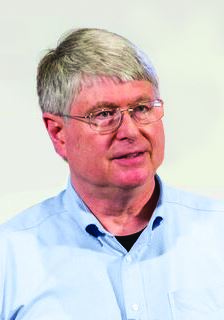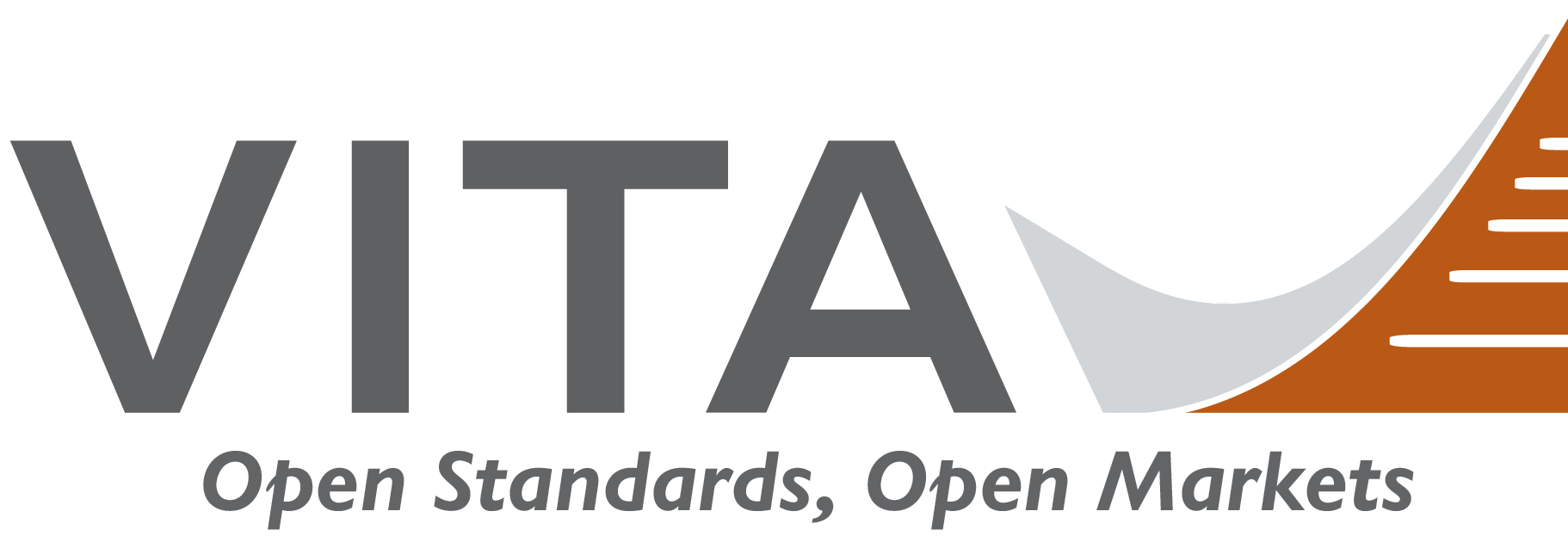Michael Munroe, Principal Backplane Architect, Elma Electronic
Working in the interconnect packaging and backplane industry since 1986, Michael has authored and contributed to many industry articles, published in such magazines as Connector Specifier, Electronic Products , Electronic Design, EE Times, COTS Journal, Military Embedded Systems and Military & Aerospace Electronics. He is a major contributor to embedded computing standards, including IEEE 1101.2, CompactPCI, AdvancedTCA, VME64x, VITA 46.x, VITA 65.x and many others.
, Electronic Design, EE Times, COTS Journal, Military Embedded Systems and Military & Aerospace Electronics. He is a major contributor to embedded computing standards, including IEEE 1101.2, CompactPCI, AdvancedTCA, VME64x, VITA 46.x, VITA 65.x and many others.
Michael is a former secretary and treasurer of PICMG and a former vice-chair of the VITA Standards Organization (VSO). He continues to play an active role in VITA and PICMG and is a professional member of the IEEE.
WORK WITH VITA
1. Explain some of the work you’re doing with VITA 65 (OpenVPX).
I contribute to the development and revision of the VPX family of standards as well as the SOSA™ (Sensors Open Systems Architecture) standard. I’m especially focused on the complete interconnect channel and the implementation of high-speed backplanes. Currently I’m involved in the SOSA Hardware Working Group, the SOSA System Management Sub-Committee and the VITA 65.0/.1 standards. Elma has been the first to implement many new Eurocard backplane architectures and was chosen to implement the CMOSS backplane for CERDEC, a predecessor of the SOSA architecture.
2. How is MOSA (Modular Open Systems Approach) impacting standards-based embedded designs and OpenVPX specifically?
Open system architectures began with the PC/micro revolution and then with the industrial acceptance of the VME architecture in the early 80s. Open, modular, backplane-based computer architectures have been a constant throughout my career.
In industrial and defense applications, we depend on a vibrant ecosystem that can meet a wide variety of system requirements from aerospace and mining to rail and autonomous vehicles. VPX depends upon the collaboration of a wide variety of vendors to meet increasingly challenging system requirements. The open standard approach allows multiple organizations to contribute to a common standard that can meet everyone’s current requirements.
WHY ENGINEERING?
1. Did you always want to be an engineer? If so, why? If not, how’d you wind up here?
I have wanted to be an electrical engineer for as long as I can remember. I was first excited to build small motors from nails and magnet wire for a Boy Scout Merit Badge. I went on to obtain my Novice Amateur Radio License and my first copy of the A.R.R.L. Handbook and started building Heath Kits.
However, college was not what I expected, and I dropped out and went to work becoming a machinist for such companies as DuPont and W.L. Gore and Associates. Later, working as a technician in the field of photovoltaics, I eventually found my way back into industrial electronics, where I combined my interest in electronics with my training as a machinist. There are many ways to arrive at any destination, and I can honestly say I have found enjoyment in every job that I’ve held. I come from a family of teachers and I find that much of my work within this industry is really just another form of teaching. I enjoy introducing young and old engineers and technicians to new open architectures.
2. What has surprised you the most about the work you do with embedded computing? (or engineering in general)
The bandwidth and data rate of backplanes continues to astound me. When I first entered this industry, a 3 MHz computer bus was considered very fast. Today, our company is implementing a new SOSA/VPX backplane where every channel will be capable of 25 GBase-KR signaling. This is astounding. The ability of silicon to reliably decode information out of a sea of noise and discontinuities makes much of this work possible.
3. What advice would you give to someone looking into this field of engineering?
Follow the IEEE Code of Ethics and learn to enjoy collaboration with others. Share your knowledge and always be aware of what you don’t know. Remember, if you can’t measure a process, you can’t control it. Every electrical and optical behavior is controlled by physical elements, defined by measurement.
Off the cuff: What’s something interesting you do outside of work?
I enjoy photography, am a hobby bee keeper and spend too much time on Facebook keeping in touch with old friends and my children.
